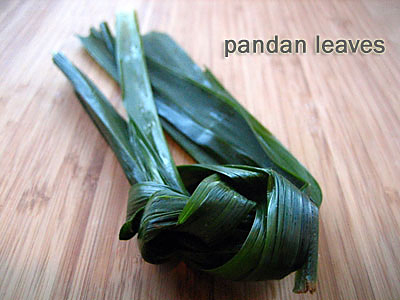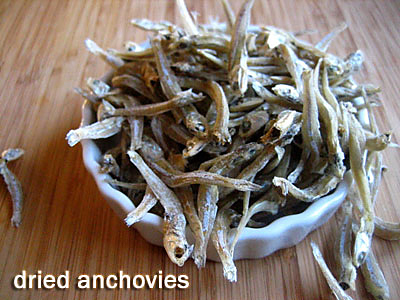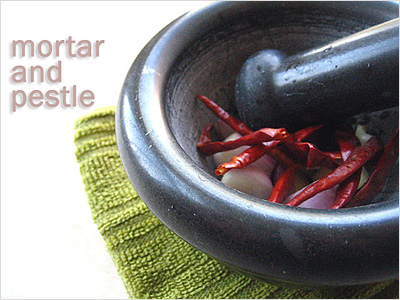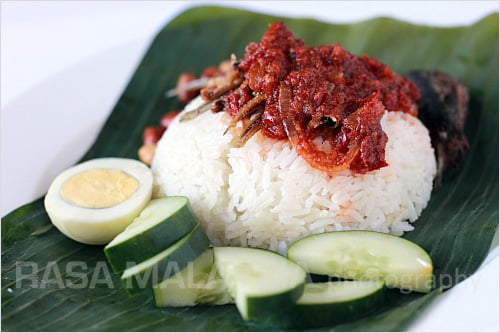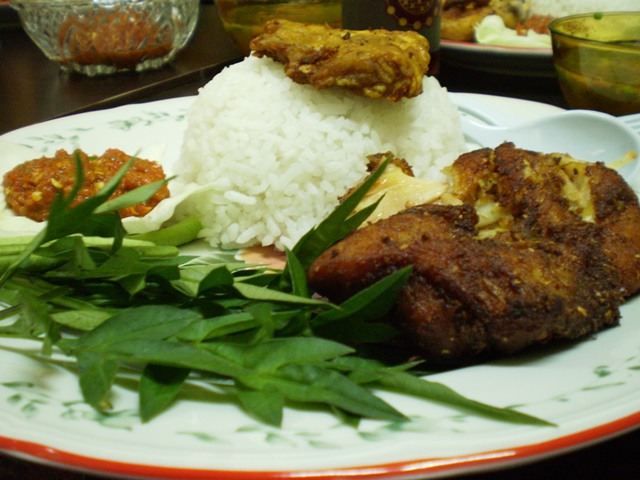Food
Malaysian food is not only colorful, spicy and eclectic – but also downright tasty .With such a pulsating diversity of food styles, Malaysia is a fabulous place to enjoy the art of eating and drinking. Rice is the staple food in Malaysia. The rice eaten in Malaysia tends to be the local variety of rice (mainly from Kedah) or fragrant rice from Thailand. Rice can be eaten with variety of curries, vegetables and meat. It’s usually eaten for lunch and dinner.
‘Live to eat’ is the National mantra for Malaysians. Dining in Malaysia is inexpensive and there a variety of places from 5-star hotels to local stalls by the road. The variety of food is unbelievable and eating is a national past time for Malaysians because you’ll never run out in trying new food

I will write on the main food of the three races in Malaysia. These are just one portion of the food served, the ones i like

There are many, do check this website for more.
http://www.malaysianfood.net/
Malay
Satay
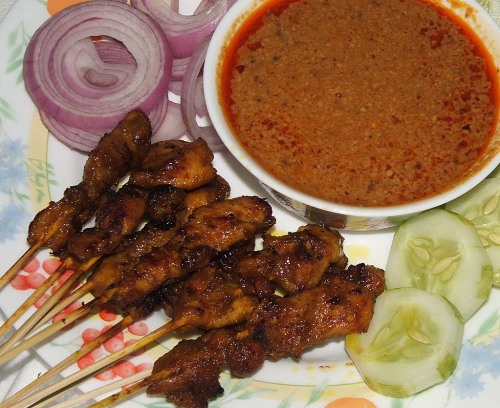
The secret of tender, succulent satay is the rich, spicy-sweet marinade made of peanuts and chilies. The marinated meat; chicken or beef, are skewered onto bamboo sticks and grilled over hot charcoals. Now there are new meats like rabbit, deer and also fish. A fresh salad of cucumbers & onions are served together with a spicy-sweet peanut sauce for dipping.
Ketupat, a Malay rice cake is also an accompaniment to satay, great for dipping in satay sauce.
And guess what, the ebst place in Malaysia for satay is Kajang and that is where i live!! So yes, i am kind off bored with satay because everytime a visitor comes down, we have to eat there:-( But trust me, the place is always flooded with people and i must admit, it is tasty!!
Laksa

Thick rice noodles served in a tangy fish soup/gravy, made with mackerel and lots of aromatic herbs. Fresh garnishing of shredded cucumber, lettuce, pineapple, onion and fragrant mint leaves finishes the dish. There are slight variations in different parts of the country. The key ingredient is tamarind, used as a souring agent, giving it a tart tangy taste. This version of laksa from the ‘hawker food capital’ – Penang, is especially famous and well known as Penang Laksa or Penang Assam Laksa.
Nasi Lemak

This local Malay food is rice steamed with coconut milk and served with curry chicken or beef, fried anchovies and sambal (made of red chilies and onions). Sometimes pandan leaves are added when steaming rice to give it the fragrant aroma.
This is the best food who people who love spicy food. Though it’s kind off fattening but hey having it for breakfast just makes your day

. You can see people sitting in the hawker’s stalls ordering for nasi lemak in the wee hours of the morning. It’s must try food in Malaysia and i am craving for it right now!!
Indian
The Indian food is usually hot and spicy. They eat their food with a variety of curries. As in accordance with their Hindu beliefs, they do not eat beef. Usually Indian food is sold at the various local stalls and often ordered with a glass of teh tarik meaning “pulled tea”. The tea is thick and frothy. The preparation involves passing the tea and milk from one big metal mug to the other with a “pour and pull” action.
Banana leaf rice

In banana leaf rice, white rice (or parboiled rice in authentic South Indian restaurants) is served on a banana
leaf with an assortment of vegetables, curried meat or fish, pickles, and papadum (a cracker or flat bread). It is traditionally eaten with the hand.
The banana leaf is used as it is believed that the hot rice will release the coating on the banana leaf, which aids in digestion.
Briyani Rice
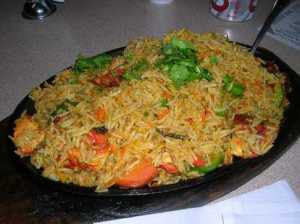
A very traditional Indian food where the rice is cooked in goat butter and spices. Briyani Rice refers to the rice only cooked without the meat, and is a choice of to eat with your selection of curries and side dishes. The dish is assembled by layering the flavorful rice with tender pieces of spiced-cooked lamb, mutton or chicken, with a garnishing of slivered almonds and raisins.
Chinese
Chinese food is generally milder compared to Malay or Indian food. But thanks to the influence from this multiethnic country, Chinese cuisine in Malaysia, has taken on a spicier touch, often reinventing classic Chinese dishes.
Dim Sum

Dim sum restaurants are usually large, noisy affairs – the dim sum served in little baskets or bowls and are whisked around the tables on individual trolleys or carts. Traditional dim sum includes various types of steamed buns such as cha siu baau, dumplings and rice rolls (cheong fun), which contain a range of ingredients, including beef, chicken, pork, prawns and vegetarian options.
Bak Kut Teh
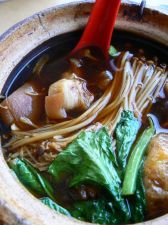
A very popular Hokkien herbal soup where pork ribs are long simmered in a ‘tea’ of Chinese medicinal herbs and whole bulbs of garlic, often with dried shitake mushrooms (black mushrooms) added for earthiness. It is usually served with rice and other vegetables made with oyster sauce. It is not only healthy but its good for digestion as well. Bak means pork, now there is also chi kut teh which is chicken for people who don’t eat pork.



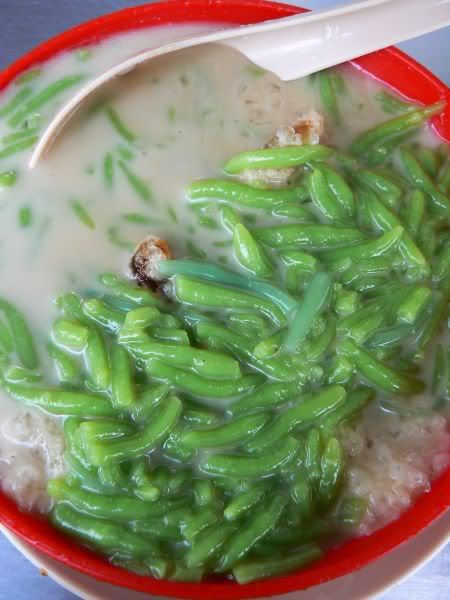
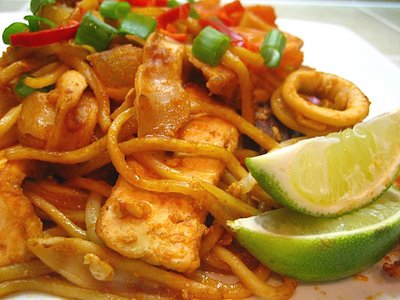
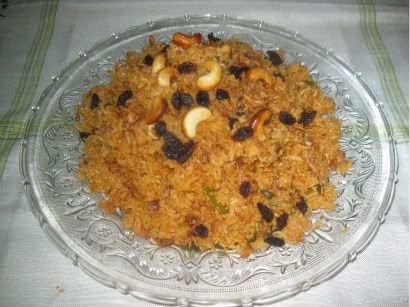











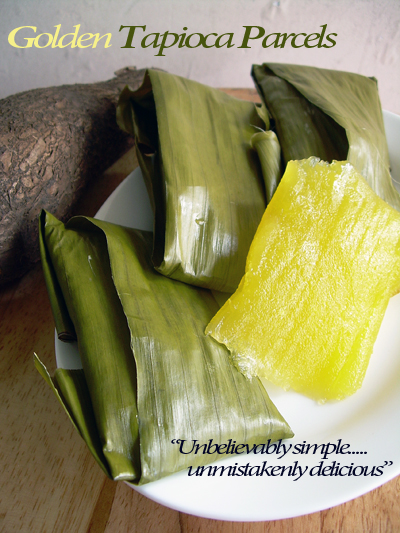

 Prepare the ingredients as indicated. Make tamarind juice by starting with 1 Tbs. of compressed tamarind in 1/3 cup of warm water. Work the tamarind with your fingers to dissolve the soft fruit; gather up remaining undissolvable pulp, squeeze to extract juice and discard. Add more tamarind or water as necessary to make 1/4 cup of concentrate.
Prepare the ingredients as indicated. Make tamarind juice by starting with 1 Tbs. of compressed tamarind in 1/3 cup of warm water. Work the tamarind with your fingers to dissolve the soft fruit; gather up remaining undissolvable pulp, squeeze to extract juice and discard. Add more tamarind or water as necessary to make 1/4 cup of concentrate.  Using a large clay mortar with a wooden pestle, pound the garlic and chillies to a paste. Add the dried shrimp and long beans and pound to bruise. Follow with the green papaya and carrot. Stir well with a spoon and pound to bruise the vegetables so that they absorb the heat and flavor of the chillies and garlic.
Using a large clay mortar with a wooden pestle, pound the garlic and chillies to a paste. Add the dried shrimp and long beans and pound to bruise. Follow with the green papaya and carrot. Stir well with a spoon and pound to bruise the vegetables so that they absorb the heat and flavor of the chillies and garlic. 